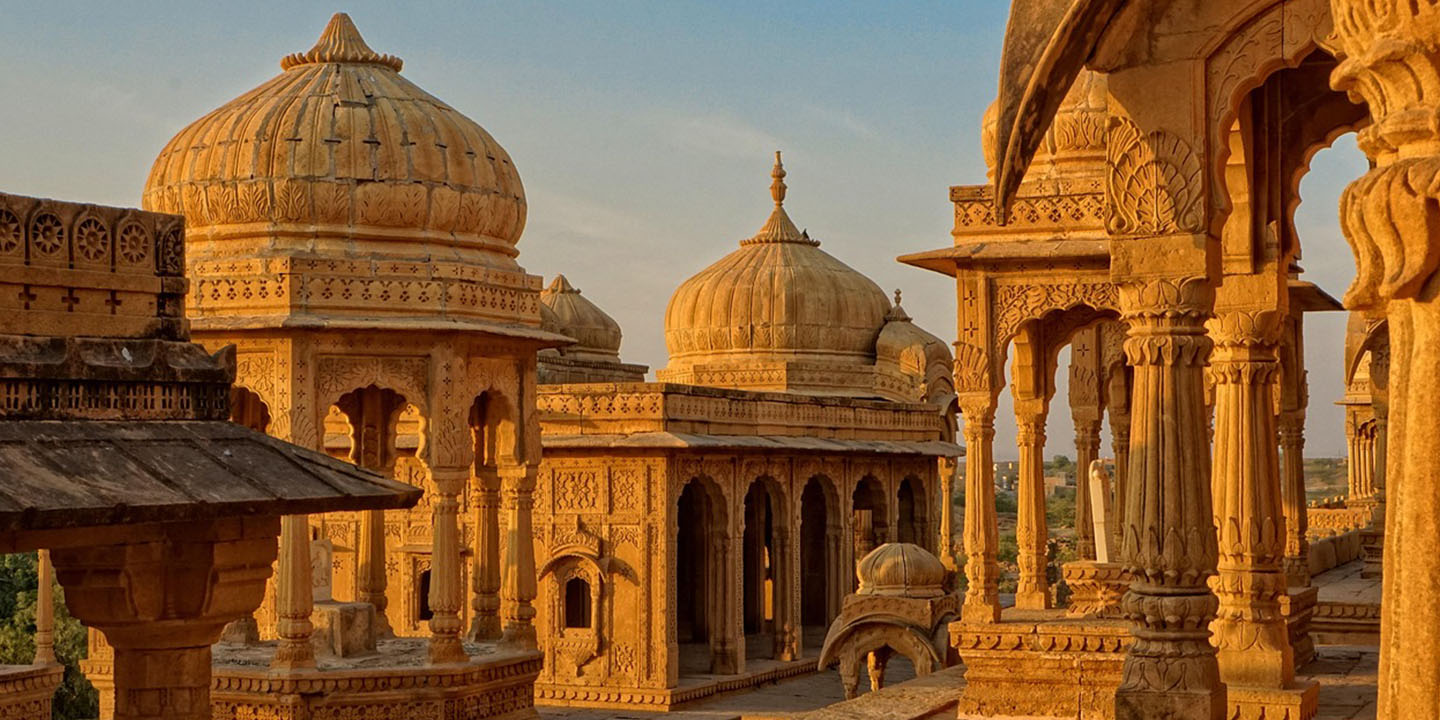Travel is one of the best things in life. It’s a way to learn about other cultures, explore new places, and make new friends. It’s also a chance to unplug from our normal routines and see things from a different perspective. And what’s not to love about that?
For a lot of people, though, travel has become less of a treat and more of a problem. Every year, more and more people are heading to the same popular spots. The result is overtourism, which is when the number of tourists at a destination exceeds the carrying capacity of the location. It used to be seen as a good thing, but in many places, mass tourism has led to pollution, overcrowding, and cultural dilution.
Japan’s Tourist Boom
Japan’s tourism industry is bouncing back at a breakneck pace. The Land of the Rising Sun, with its blend of ancient temples, blooming cherry blossoms, and futuristic cities, is once again a magnet for traveller from around the world. According to data released by the Japan National Tourism Organization (JNTO), the country has been welcoming millions of visitors every month, bringing the total to over 10 million for the first three months of 2025. If this trend continues, Japan is on track to exceed last year’s record of 36.87 million visitors, which many had thought unimaginable a few years ago.
But with that success comes an increasing conflict with the Japanese people. The two biggest gripes among locals: overcrowding and a lack of manners. As with many countries that have seen a tourism boom, visitor numbers are overwhelming the infrastructure of popular cities like Kyoto, Osaka, and Tokyo. Public transport, restaurants, and even the streets near major landmarks can become clogged with people. Residents have complained of the loss of peace and order in their neighborhoods, with one Kyoto resident saying that even simple errands can take twice as long during the high season.
The other source of irritation is less tangible but no less real: manners. Japan has a very high standard of politeness and etiquette, and some tourists can violate these unwritten rules without even realizing it. Some of the most common complaints are eating on the go, littering, being loud in public spaces, or stopping in the middle of walkways to take photos. While these may seem like harmless behaviors in other countries, they can become major issues when they’re done by large groups of people in a country as densely populated as Japan.
Barcelona’s Regrets
Spain’s capital city is another example of overtourism across the globe that has reached a critical level for a city. Barcelona was a poster child for sustainable tourism a decade ago, but today it is the center of Europe’s most vocal anti-tourist protests. In summer 2024, thousands of locals poured into the streets chanting “Tourists go home!” For many of the protesters, this act wasn’t merely a release of long-held frustration over overcrowding in their neighborhoods; it was a symbolic attempt to reclaim their city.
Barcelona’s problems have been years in the making. After the 1992 Summer Olympics, the city government invested heavily in urban renewal. New beaches were constructed, infrastructure was overhauled, and suddenly the world fell in love with sunny, Mediterranean Barcelona. But as the years have gone by, that love has only intensified, with tourism today accounting for a significant percentage of the country's GDP and job market. There’s a hidden price to that popularity, however: it’s left the city with increased housing prices, overcrowded public spaces, and a reduced quality of life for residents.
What Tourists Can Do About the Problem
Overtourism is mostly a systemic issue, but individuals can help mitigate it. Traveling during the off-season can ease pressure on popular destinations during peak months. Tourists can also explore lesser-known regions, distributing economic benefits more evenly instead of concentrating them in overcrowded hotspots. Respecting local customs, from dress codes to noise levels to proper waste disposal, is equally important. A little cultural awareness can do a lot to maintain the balance between visitors and residents. Additionally, supporting local businesses, family-owned restaurants, artisans, and guesthouses helps ensure that money spent goes to the community rather than big corporations.











